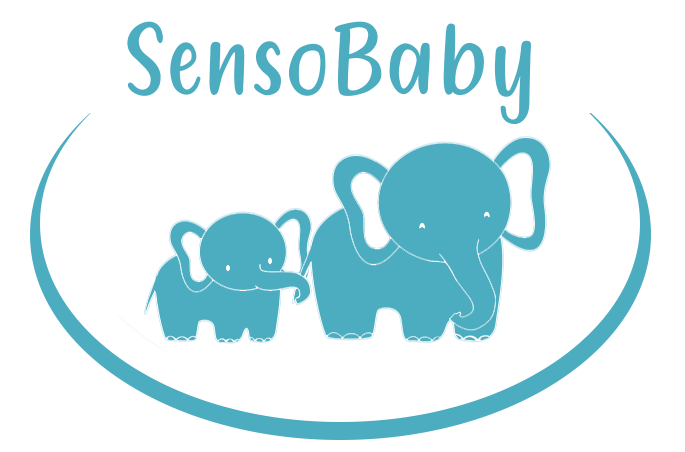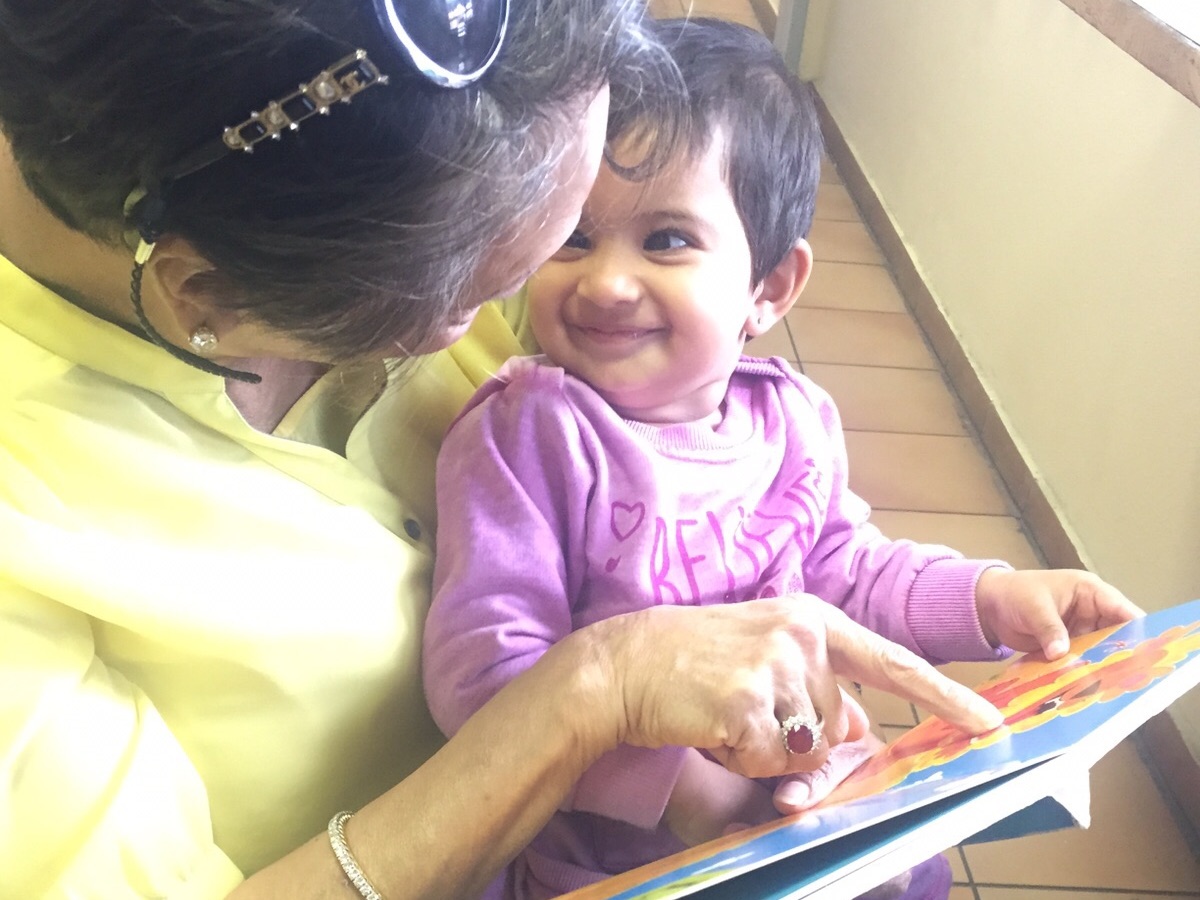Research proves that infants and babies who participate in storytelling or are read to are more likely to develop a deeper understanding of language, speech, literacy as well as social and emotional skills.
This is why one of the focuses of our SensoBaba and SensoTot classes (at SensoBaby) is on Storytelling.
Sharing a story with a child is more than just teaching new vocabulary, it builds knowledge about people, places and life situations. Stories have the power to stimulate development across multiple learning areas, foster the parent-child bond and capture imaginations. It is such a valuable tool to use with our children that doctors in America are asked to tell parents to read aloud to their infants from birth, under a recent policy from the American Academy of Pediatrics.
But reading to infants can be challenging, their attention spans don’t last and you may feel that they have no idea what you’re saying. What if they turn a page before you’re done with it? It can be difficult and you may be tempted to just get on with it and finish the story.
Here are some tips on how to make it engaging and enjoyable for you and Baby:
Storytelling brings in physical, social, sensory and imaginary elements.
Design activities based on the book that are challenging and age appropriate. You can do yoga postures that relate to animals from a story or imagine you’re a character and talk about what you would have done instead. Make a craft that represents a scene or character from the book or engage in messy play and choose colours described on a certain page or scene that stood out.
Read to even the tiniest of tots.
As they grow, they will know what to expect. Reading from birth will develop attention spans and a love of books. It creates lifelong learners and communication skills.
Keep it relevant as they grow.
Choose books about topics that your child is interested in or based on themes that they can relate to. Animals, colours, nature, places you will visit – these are all ways to reinforce concepts that they are learning about elsewhere.
Rhyme, sing, repeat!
Books that have an element of rhyme, rhythm and repletion in them are usually the most popular with young children as they engage their senses on multiple levels. Little learners can pick up on sound patterns and are more likely to acquire early language skills through these patterns.
Make it playful
Have fun with it! Read books that you enjoy reading too, be dramatic and change your voice for different characters. Make sounds, use facial expression and add props to enhance the effect.
Use board books, bath books, different textures etc.
Infants will want to experience the book on all levels, including chewing them, bathing with books and scribbling on them. Have a variety of books available for your children to bond with.
Keep it short!
This one is really important! Short picture books with great illustrations and just a few lines per page usually work best when starting out with the 0-4 age group. You can talk about the pictures that stood out most and encourage further discussion, creativity and elaboration on those images rather than reading a lengthy story.
Little ones become more attentive and interested in stories as their understanding of the world grows; foster this understanding through music, play and engaging activities.
The adventures are endless, the skills learned are invaluable. Some of my favourite childhood memories are based on books – join us at a SensoBaba or SensoTot class to create beautiful memories with your children.

